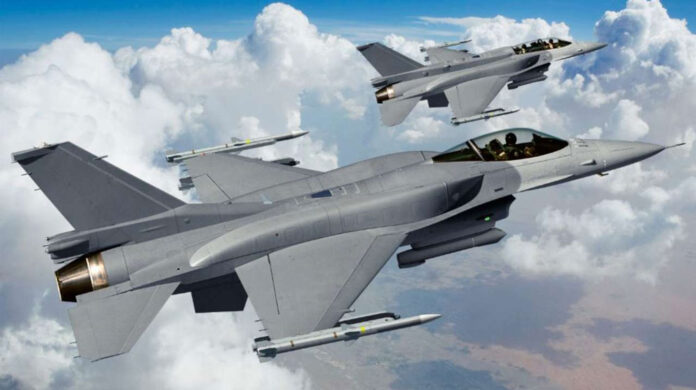Let us step back from the rousing celebration following the May 7–10 standoff and dissect it from two angles: celebration and reflection.
There is little doubt that the combination of excellent display of valour and skills by Pakistan Air Force fighters and the new generation of Chinese hardware and software jointly dissipated the Indian game plan. They did intrude deep into Pakistani territory with Harop drones – something unthinkable until the latest crisis. This, the Indians dared a day after the PAF and PL-15E air-to-air missiles, the JC-10 fighter jets, and quiet Chinese software support had caught them totally unawares.
Following its quiet support, the Chinese have now stepped forward to claim with pride the critical support Chinese tech provided to the Pakistan Air Force.
An article in the South China Morning Post by Zhang Tong explains it all.
An advanced “ABC” data-sharing system made all the difference in Pakistan’s hostilities against Indian forces, upending combat conventions, said Zhang Tong, quoting a May 12 China Space News report.
“The Pakistan Air Force (PAF) deployed a ‘locked by A, launched by B, guided by C’ combat system, integrating ground radars with fighter jets and airborne warning aircraft,” said the SCMP, while reproducing excerpts from the China Space News – published by China Aerospace Science and Technology Corporation and China Aerospace Science and Industry Corporation – key developers of China’s missile and air defense systems.
“This systemic and asymmetric tactic highlighted the rise of networked, intelligent warfare over mere firepower superiority”, said the article throwing light on the lethal Sino-Pak combination that blinded the communication among the retreating Indian aircraft. It is indeed a source of pride and renewed confidence for us all.
Reflection
Chinese support has significantly strengthened Pakistan’s military capabilities, gifted it a more competitive environment in the region, and apparently prompted India to reevaluate its own military strategies to counter the Chinese influence. The myth about Indian claims of isolating Pakistan diplomatically and being able to inflict a decisive military blow to the much smaller neighboring country has also been busted.
But the four-day tension-filled episode also delivers cause for deep and sincere reflection; the influential weekly The Economist calls Pakistan “decaying” with an economy in crisis.”
“As Pakistan sinks, India is rising: its GDP is now ten times larger than its neighbour’s … having been five times larger in 2000,” wrote The Economist in the May 10 edition.
This is a warning that also came from well-meaning friends in Beijing following the May 10 ceasefire; most messages were congratulatory in nature but carried a cautionary advice too.
Firstly, a bruised India will not give up and will continue to provoke. But Pakistan should be confident that India is not the absolute authority in the region.
Secondly, US mediation or ceasefire efforts may not work at all in case of a new conflict.
Thirdly, it is about time for Pakistan to indiscriminately go after terrorist and militant groups of all shades. “The reason why Pakistan is lagging behind is that it has the idea of fighting and using terrorism, good Taliban and bad Taliban,” read a message from Beijing.
“If this cannot be achieved, Pakistan will never have peace. Not only will India always label Pakistan as a terrorist state, but even the United States and the West will not respect Pakistan,” said another Chinese analyst familiar with the region.
Lastly, while Pakistan can continue to rely on and look up to China as an All-Weather-Tested Friend for coping with any existential crisis, it must create a safe environment to attract foreign investment and get out of the economic predicament.
The emphasis of the messaging from our Chinese and Turkish friends should guide us to unavoidable review, reform, and resolve for extricating the country from its tardy governance and crippling economic crisis.




